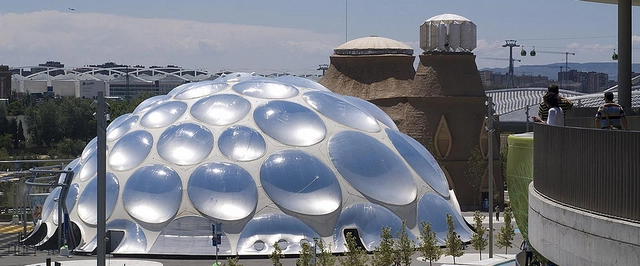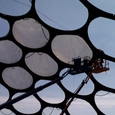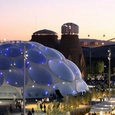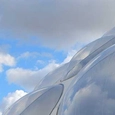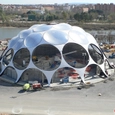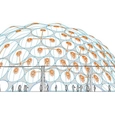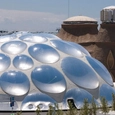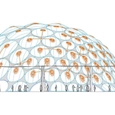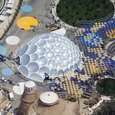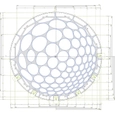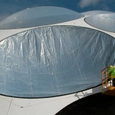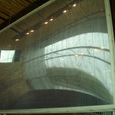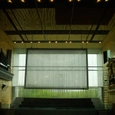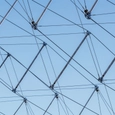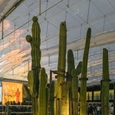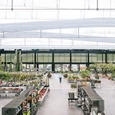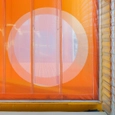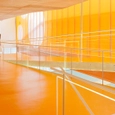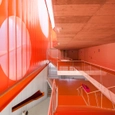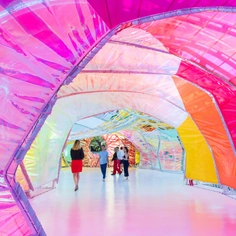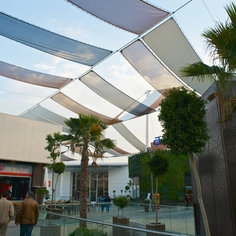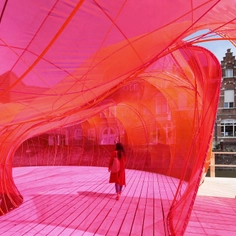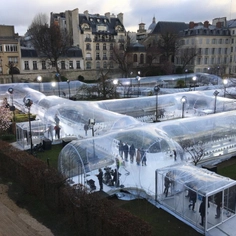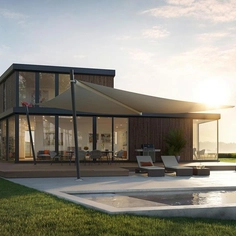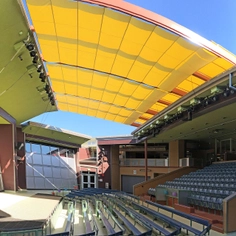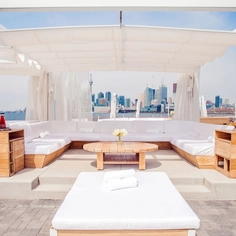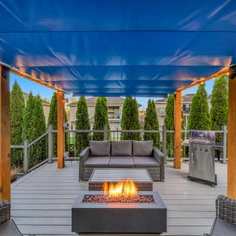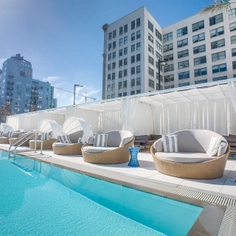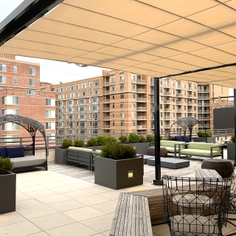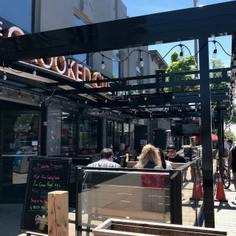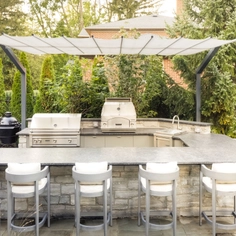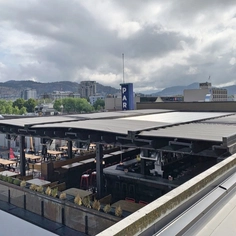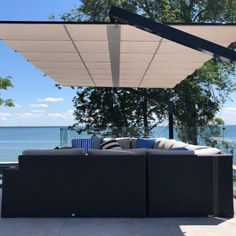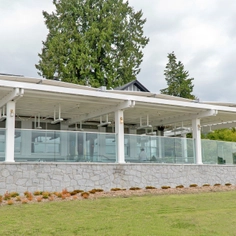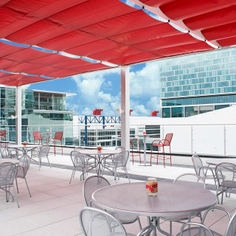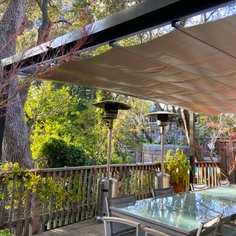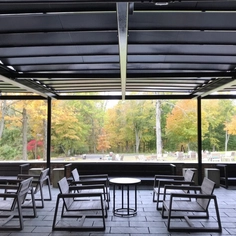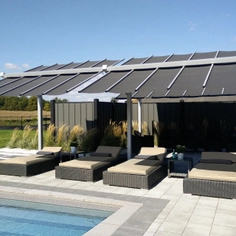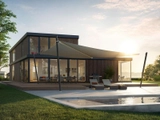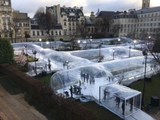Lastra & Zorilla makes textile architecture in many forms. One of their offerings, multi-layer roofs and façades are enclosure made up of panels of several layers of textile. Sometimes the interior space enclosed by the textile layers (air chambers) is pressurized.
Multi-layer structures are a sort of combination of single-layer structures and pressostatic structures: they close spaces in the building envelope (roofs or facades) and tend to be subjected to significant internal pressure to make them rigid. Sometimes referred to as cushions. When elements are pressurized, this creates tension in the fabric by the pressure difference between the inner and outer chamber, as in inflatables.
Airtightness
The shape and joints of each cushion are designed to let out as little air as possible. Leaks always happen, however, so long as the air entering exceeds the air escaping the structure will remain under tension. Lastra & Zorilla use aluminum profiles which are also prepared so that the air escapes as little as possible through the joints. The air loss in cushions is much lower than in pressostatics, since they are usually much smaller pieces.
Achieving Pressure Difference
Lastra & Zorilla use automated equipment to inject small air flows at a low-pressure with a hose through an opening prepared in the surface of the textile, usually hidden so that it is not visible.
The structures contain anemometers so that in case of strong winds or snow, the inflation pressure increases automatically and the cushion will be more rigid whilst it is subjected to the elements.
Benefits of Multi-Layer Systems
Pressurized structures can be used to achieve shapes and geometries that single-sheet ones cannot such as synclastic surfaces, of double-positive curvatures, like bubbles. Furthermore, it is possible to superimpose materials with different transparencies and colors for interesting lighting effects.
Another strong point in favor of pressurized tensioned structures is that the enclosed air chambers achieve significant thermal insulation, reaching higher values than most conventional materials. The more air chambers enclosed in a structure by extra fabric sheets, the more insulation is achieved.
Materials
The most common materials are ETFE, PVC or PTFE although Lastra & Zorilla can make cushion structures from any material with enough resistance and flexibility. The most important characteristic of the material is that air cannot escape through the fabric, otherwise, it will never inflate.
Shapes and Forms
Inflatable multi-layer structures are always synclastic shapes where the main curvatures of the surfaces will be in the same direction, thus generating a bubble/cushion type geometry.
Possible Size
The maximum size and span of the cushions will depend on the material in which it is made, its geometry, and the loads that the cover will receive. It is possible to define the maximum element size by doing a study with the proposed geometry, material characteristics, and project loads. To stiffen a cushion, it is possible to corset it with cable meshes that will restrict their movement.
Attachment
Cushions are usually fixed to rigid contours with profiles that manage to seal the air within the chamber enclosed by the foil. Different types of aluminum profiles can be used, some are fixed to the foil, and others to the main structure. Afterward, these two classes of profiles will fit one with one another, fixing the foil to the structure and then the pressure inflates the cushion.
Calculating Cost
The price is dependant on many things:
- Material
- Fixing quantity and type
- Inflation equipment required
- Number of panels that make up the surface
- Complexity of manufacture
- Complexity of assembly
A single textile cushion piece to cover a space will not cost the same as an installation made up of several pieces. Any structure broken down into multiple cushions will require more structure (contours to be attached to), more profiles to attach to those contours, more confection due to being more pieces, and have a longer assembly.
Cushions usually have a higher price per square meter than single-layer structures since they require much more foil material and also inflation equipment.


